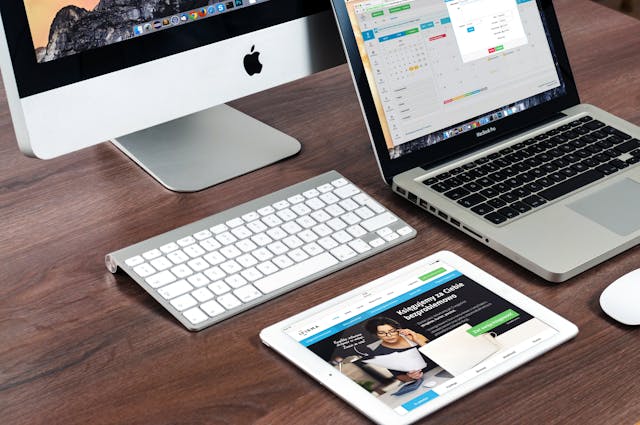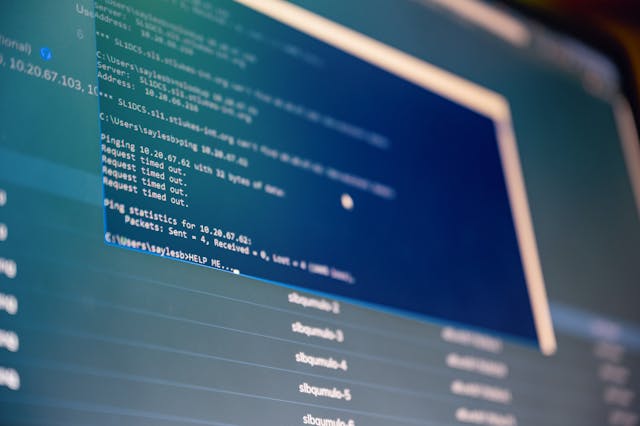Government property management involves a unique set of challenges. Handling large portfolios, ensuring regulatory compliance, maintaining public trust, and managing financial constraints all demand a robust and reliable system. Government property management software can help streamline operations and enhance efficiency. Here’s a detailed look at the top features of such software that can make a significant difference.
Comprehensive Asset Management
Government properties often include a diverse range of assets, from office buildings to public parks. Effective management of these assets requires a system that can handle various types of properties and their specific needs. Comprehensive asset management features should include:
- Inventory Tracking: Keeping a detailed inventory of all properties and their associated assets, such as furniture, equipment, and vehicles.
- Lifecycle Management: Monitoring the lifecycle of each asset, from acquisition to disposal, to ensure timely maintenance and replacements.
- Condition Assessment: Regularly assessing the condition of assets to prioritize maintenance and repair activities.
Robust Reporting and Analytics
Making informed decisions requires access to accurate and timely information. Robust reporting and analytics features are essential for government property management software to provide insights into various aspects of property management.

- Customizable Reports: Generating detailed reports on occupancy rates, maintenance costs, revenue, and other key metrics tailored to specific needs.
- Real-Time Data Analysis: Analyzing data in real time to identify trends, predict future needs, and make proactive decisions.
- Compliance Tracking: Ensuring compliance with government regulations and standards through regular reporting and monitoring.
Efficient Work Order Management
Managing work orders efficiently is crucial for maintaining government properties in good condition. The software should streamline the process of creating, assigning, and tracking work orders.
- Automated Work Orders: Automatically generating work orders based on scheduled maintenance or condition assessments.
- Real-Time Updates: Providing real-time updates on the status of work orders, including progress, completion, and any issues encountered.
- Vendor Management: Managing relationships with external vendors, tracking performance, and ensuring timely completion of tasks.
Financial Management and Budgeting
Government property management involves strict budgetary constraints and financial oversight. Effective financial management features can help in planning, tracking, and optimizing expenses.
- Budget Planning: Creating and managing budgets for maintenance, repairs, and other property-related expenses.
- Expense Tracking: Monitoring and categorizing expenses to ensure they align with the budget and identifying areas for cost savings.
- Revenue Management: Tracking rental income, lease payments, and other revenue sources to ensure accurate financial reporting.
Lease and Tenant Management
Managing leases and tenants is a critical aspect of government property management. The software should provide tools to handle lease agreements, tenant communications, and occupancy tracking.
- Lease Administration: Creating, storing, and managing lease agreements, including renewals, terminations, and amendments.
- Tenant Portal: Offering a portal for tenants to submit requests, make payments, and access important information.
- Occupancy Tracking: Monitoring occupancy rates, vacant properties, and tenant turnover to optimize property usage.
Maintenance Management
Proper maintenance is essential to ensure the longevity and safety of government properties. Maintenance management features help streamline preventive and corrective maintenance activities.
- Preventive Maintenance Scheduling: Creating schedules for regular maintenance tasks to prevent breakdowns and extend the lifespan of assets.
- Maintenance Requests: Allowing tenants and staff to submit maintenance requests easily and tracking their resolution.
- Maintenance History: Keeping a detailed history of all maintenance activities for each asset to track performance and identify recurring issues.
Security and Access Control
Security is a paramount concern for government properties. The software should include features to manage access control and ensure the safety of assets and personnel.
- Access Control Systems: Integrating with access control systems to manage entry and exit points, issue access cards, and monitor security breaches.
- Incident Reporting: Providing tools to report and track security incidents, ensuring timely resolution and preventive measures.
- Compliance with Security Standards: Ensuring that security measures comply with government regulations and standards.
Integration Capabilities
Government property management software needs to integrate seamlessly with other systems and technologies used by government agencies. Integration capabilities enhance efficiency and data accuracy.

- GIS Integration: Integrating with Geographic Information Systems (GIS) to provide location-based insights and mapping of properties.
- Financial Systems Integration: Connecting with government financial systems for accurate budgeting, expense tracking, and financial reporting.
- HR Systems Integration: Linking with human resources systems to manage staff assignments, training, and certifications related to property management.
User-Friendly Interface
A user-friendly interface is crucial for ensuring that the software is easy to use for all stakeholders, including property managers, tenants, and government officials.
- Intuitive Navigation: Offering an interface with intuitive navigation and easy access to key features and functions.
- Mobile Accessibility: Providing mobile apps or responsive designs to allow users to access the software from any device.
- Customizable Dashboards: Allowing users to customize dashboards with the information and tools they use most frequently.
Sustainability and Energy Management
Government properties must adhere to sustainability goals and energy efficiency standards. The software should include features to track and manage energy consumption and sustainability initiatives.
- Energy Usage Monitoring: Tracking energy usage across properties to identify areas for improvement and cost savings.
- Sustainability Reporting: Generating reports on sustainability metrics, such as carbon footprint and energy efficiency, to support environmental initiatives.
- Green Building Certifications: Managing documentation and compliance for green building certifications, such as LEED or Energy Star.
Conclusion
Government property management software offers a wide range of features designed to streamline operations, enhance efficiency, and ensure compliance with regulations. Comprehensive asset management, robust reporting and analytics, efficient work order management, and strong financial management capabilities are just some of the key features to look for. Lease and tenant management, maintenance management, security and access control, integration capabilities, user-friendly interfaces, and sustainability tracking are also essential components of a robust property management system.
Choosing the right software can make a significant difference in the management of government properties, leading to improved operational efficiency, better decision-making, and enhanced public trust. By leveraging these advanced features, government agencies can effectively manage their property portfolios and ensure they are well-maintained, compliant, and financially sustainable.
